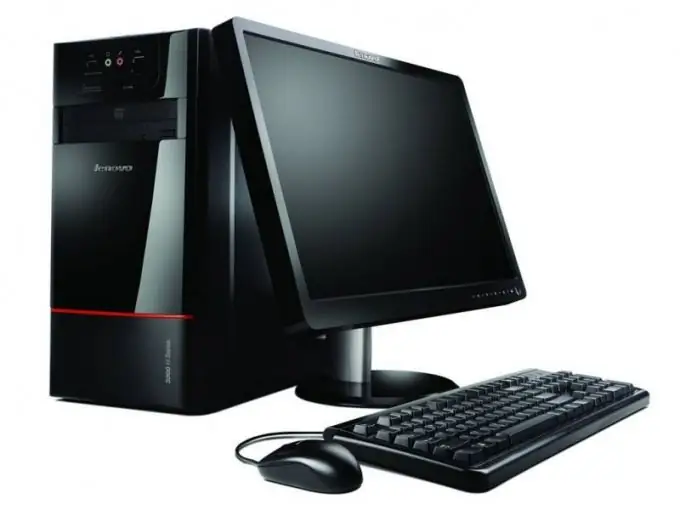Latest generation computers usually contain 2 or more processor cores. In most cases, this is good news for users, except for those for whom a single-core processor is a prerequisite for running certain processes and applications.

Instructions
Step 1
Start your computer in compatibility mode for older versions of Windows. To do this, right-click on the shortcut of the application, the work with which causes difficulties associated with limiting the number of processor cores.
Step 2
Select the Compatibility tab. Check the box in the right place according to the operating system, which release date roughly corresponds to the release date of the program in which you are going to work. Apply changes.
Step 3
If the previous points did not help, use an alternative method. When the computer boots up, go to the BIOS by pressing the Del key. A program with a blue window will appear on your screen; these are the hardware settings of your computer. Find in them the configuration of the processor, in different computers they can be in different places in the BIOS.
Step 4
Find the HyperThreading function. Change the value of the parameter to Off, exit the BIOS, while saving all the changes made. Then start the system and open the "My Computer" menu. Right-click on a free area and select Properties. See if the second core of the computer is displayed after the changes made. If not, then you did everything right.
Step 5
Run the program that required all of the above changes. If it still does not start, try downloading an emulator for the operating system that matches the release date of the program. There are a lot of such programs, they are freely available on the Internet.
Step 6
Install and run the emulator of the operating system, set the necessary operating parameters in advance. Try to launch an application that did not work in the original conditions - if there are no changes, it is likely that the copy of the program is not working, or its launch has nothing to do with the number of processor cores.






